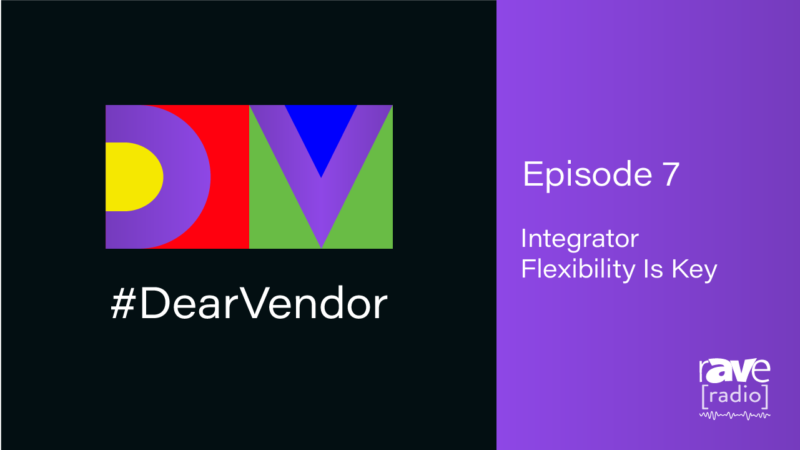Designers Can Help Themselves By Listening
 Every time we build a new building or renovate a new space, we need to address the age old questions of AV in classrooms.
Every time we build a new building or renovate a new space, we need to address the age old questions of AV in classrooms.
- Why does the screen need to block the blackboard?
- Does there need to be a podium in the room?
- Does there need to be a rack in the room?
- Is there are a way to have no technology in the room when we don’t want it?
- Is there a way to have a room fully equipped with technology when we need it?
Of course, assumed through all of these questions is that the technology will work seamlessly anytime it is needed.
Many times, we hear from designers and architects who claim that this can be easily achieved. They often point to other schools who have done similar things. Having worked in higher ed for over 15 years, I have some suggestions for architects and designers as they hear these requests.
 First, before promising what is possible, talk to the people who will use the room and the people who will support the room. A classic challenge we have had over the years is the idea of a flexible room. That is, a room in which the podium can move, monitors can be rolled in and out and students can connect to all the AV when wanted. Yes, this is technically possible. However, I have yet to see a design that makes this physically possible in the few minutes between classes. Another issue to find out about is what the support at the location will be. Are there AV or IT people available to come to a space and move this equipment around, re-connect and troubleshoot in case anything happens? Some schools do, but many don’t. There are schools that have strong and robust staffing, including student staffing, who can support this type of room. However, many schools don’t have this support. An architect or AV designer who sells this type of room to a school that can’t support it will be failing that school. Eventually the systems will not work and faculty and staff will complain.
First, before promising what is possible, talk to the people who will use the room and the people who will support the room. A classic challenge we have had over the years is the idea of a flexible room. That is, a room in which the podium can move, monitors can be rolled in and out and students can connect to all the AV when wanted. Yes, this is technically possible. However, I have yet to see a design that makes this physically possible in the few minutes between classes. Another issue to find out about is what the support at the location will be. Are there AV or IT people available to come to a space and move this equipment around, re-connect and troubleshoot in case anything happens? Some schools do, but many don’t. There are schools that have strong and robust staffing, including student staffing, who can support this type of room. However, many schools don’t have this support. An architect or AV designer who sells this type of room to a school that can’t support it will be failing that school. Eventually the systems will not work and faculty and staff will complain.
Second, before designing the space, think about how it will actually work for the end user. A common solution that I hear proposed for a “Why does the screen block the blackboard?” is to put the screen at an angle in the corner of the room. I always find this interesting, because as I walk around campus, I see technology getting used much more often than blackboards do — yet we sacrifice the view of the more-used equipment to satisfy a request for the less-used equipment. I encourage all designers to discuss these trade-offs clearly with the users. How about talking to them about a projection screen that takes the entire front of the room? There is no blackboard. But there could be document cameras, or annotation pads at the front of the rooms that would allow faculty who have the need to write on a board. While some faculty may need to adjust to this type of technology, it does provide a better solution for the entire classroom and for the most-used modes of teaching.
Finally, talk to the support people on the campus you are working. I have had some amazing experiences working with architects and designers. I have also had some really poor experiences, where the relationship was a power struggle rather than a give and take. It is entirely possible, even likely, that the large firm design companies have much more experience in design and knowledge of equipment. However, they do not have the same experience at our institutions, with our faculty and our support levels. The AV people know how our customers use the equipment and their levels of expectations. By listening to us, you can design spaces that fit our culture.
In the end, by heeding this advice, you can provide a superior service to your customer. In these cases, rather than having these customers re-installing spaces two years after you designed them, they will be calling you to design more.





